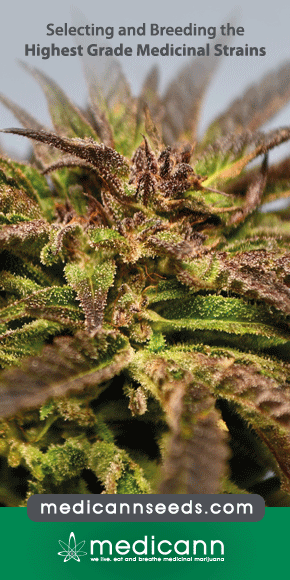Adherence to Medical Cannabis Among Licensed Patients in Israel
To evaluate adherence among Israeli patients who are licensed to use medical cannabis and to identify factors associated with adherence to medical cannabis. Our findings show a relatively high adherence rate for medical cannabis, as well as relative safety and high satisfaction among licensed patients. Additionally indicated is the need to develop and implement standardized education about this evolving field-to both patients and physicians.


